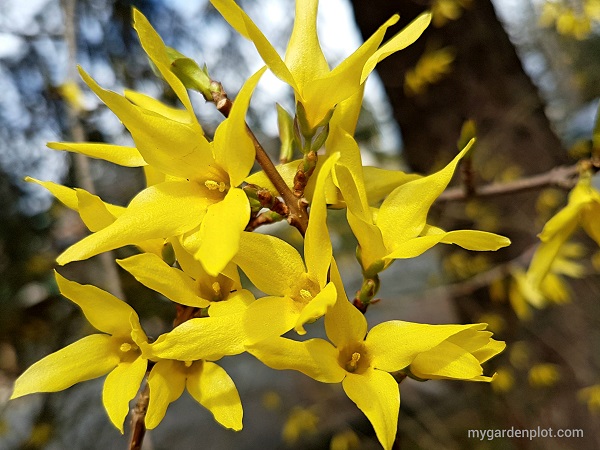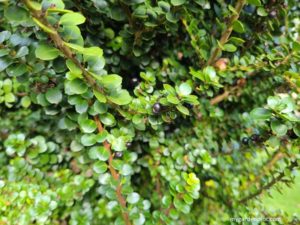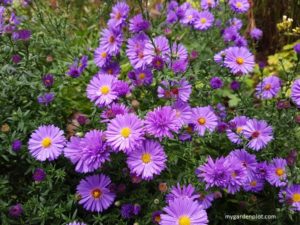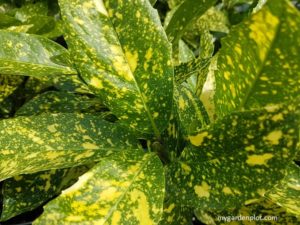Forsythia: A Coastal Favourite
A bold display of bright sunshine yellow flowers on bare arching stems is a cheery sight. The forsythia is a local low maintenance favourite that is seen in many gardens in the Victoria BC area. I have not yet met a person who, after seeing a forsythia in full bloom, does not comment on the bounty of yellow spring flowers. It is the perfect reminder of the change of seasons and the hope of new things to come. It flowers on bare stems, with the leaves following afterwards. Here are tips where to plant and how to grow and prune a forsythia shrub.
Our forsythia usually starts blooming in early spring from March and lasts several weeks into April. We are in zone 8, and sometimes if the winter is mild, flowers may emerge as early as February. I expect that in colder regions, it may start to bloom in mid spring time from early to mid-April.
Forsythia At A Glance
Type: Deciduous Shrub
Location: Full Sun / Partial Sun
Blooming Season: Late Winter / Early Spring
When To Prune: Late Spring / Early Summer
Height And Spread: Up to 10 x 10 ft (3 x 3 m)
Plant Hardiness Zones: 4, 5, 6, 7, 8, 9
Where To Plant And How To Care For Forsythia
The forsythia is an easy to grow deciduous shrub with either upright or arching stems. A few different varieties range in size, hardiness and shades of yellow. The popular and cold-hardy Northern Gold Forsythia stands at least 8 feet with an arching spread that seems to go on forever. The attractive arching effect develops as the plant matures.
This easy to grow shrub is adaptable to poor soil conditions, and one reason it does well on slopes and embankments. Though for best results, well-drained, fertile soil is best. It is perfect for screening, and I have seen it used attractively for hedging.
Although forsythia is low maintenance, routine pruning is required after flowering. If neglected, a mature forsythia shrub can become a dense mess of straggly stems.
RELATED TOPIC: Buyer’s Guide On How To Choose Hand Pruners (Secateurs)
How To Prune Forsythia Shrubs
An established forsythia will need annual pruning to restrict the height and to maintain its shape. Deadwood should be cut out at ground level, and defective growth should be cut back to within 5 – 7 cm (2 – 3 inches) from the base. To allow light and ease any overcrowding, remove about a quarter of the old stems each year. Flower buds are formed on second-year stems, so pruning should start as soon as possible after flowering in late spring. Cut back about halfway of all flowering stems to a side shoot or healthy bud.
Young forsythia plants should also be pruned to encourage growth and to establish a vase shape habit. With young plants, focus on removing any weak or damaged growth. Pinching or cutting back two-thirds of a young plant will encourage branching and a beautiful bushy shape. This should be done in late spring or early summer.
Tools Needed For Pruning Forsythia
Below is the list of essential tools needed to prune a forsythia. Mature forsythia shrub that has not been annually pruned will become dense and overcrowded with thick stems growing close together. You will need a pruning hand saw to carefully cut out stems. The following links help narrow down the top-recommended products that will be needed to help shape and keep your forsythia growing healthy and beautiful:
- Pruners – Bypass pruners are the most popular choice for gardeners and a must in a pruner’s tool kit. Bypass means the blades pass each other in a scissorlike action providing a clean cut without splintering the stem’s edge. The anvil-type pruner, where the upper blade cuts against a lower flat edge, must always be kept sharp. Otherwise, it will crush the stem while trying to cut it. The best anvil-type pruners tend to be more expensive but worth it as they stay sharper for longer periods reducing the need to sharpen more frequently.
- Long-handled Loppers – These are similar to pruners but with long handles. These are heavy-duty and great for harder to reach stems and branches that may also be too thick for pruners. Loppers with extendable handles offer that extra reach.
- Pruning Saw – Saws are useful for thick stems that are growing close together. A Grecian saw or Japanese-blade pruning saw is a handsaw with a curved edge that works with a pull-stroke action. Great for those stems that pruners and loppers can’t cut. It will need a protective case. We also recommend a folding hand saw with a pull-stroke action for smaller gardens. It looks similar to a large pocket knife and works in the same manner as a Grecian saw.
- Garden Gloves – Gardening gloves help keep hands clean and provide protection. Fabric gloves with vinyl offer a good grip on the fingers and palm. Good for warmer weather. For more challenging jobs, a pair of suede or leather gloves go a long way. Not too comfortable in warmer weather, though.
RELATED TOPIC: Buyer’s Guide On How To Choose A Pruning Saw
Pests And Disease Affecting Forsythia
Forsythias are generally pest and disease-free. However, they can suffer from stem gall. See note below about managing forsythia gall. As with many of the plants we need in our area, it is also deer resistant.
Forsythia Stem Gall
The forsythia can get stem gall, which looks slightly rough and knobbly. While it will not affect stem growth, it is unsightly. These can be removed by pruning about a few inches below the lowest gall location on the branch. The cause for these galls seems to be unknown. Some reports indicate it is caused by bacteria, and others by a fungal organism. In any case, a stem gall does not harm your plant, and it can be removed by pruning.
When pruning forsythia, or any other plant, always clean your pruning blades between cuts to prevent any disease transfer. Simply wiping the blade with a paper towel or old cloth with either ethanol or isopropyl alchohol will do the job of cleaning the blades.
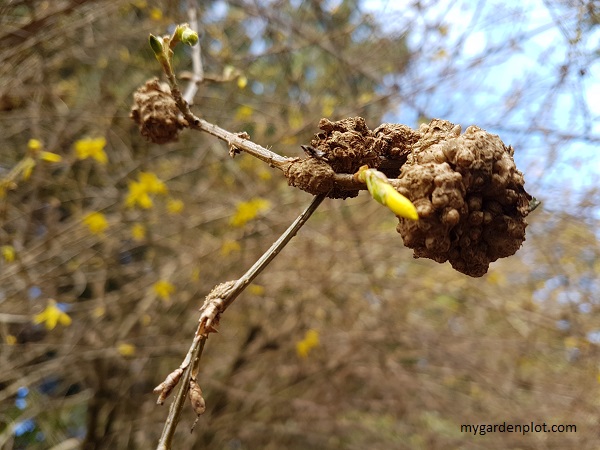
RELATED TOPIC: Spring Flowering Favourites In The Garden

